Deepor Beel Wildlife Sanctuary, located in the very heart of Assam, offers a naturalist paradise of rich biodiversity and serene landscapes. Perfect for birdwatchers, nature admirers, and everyone in pursuit of a perfect getaway from cities, this spot quenches all such desires. The huge variety of flora and fauna it shelters makes this sanctuary special in presenting exposure to the beauty of Assam’s wetlands and wildlife.
Location

Photo: Quang Nguyen Vinh / Pexels / Image For Representation Only
Deepor Beel Wildlife Sanctuary is located on the outskirts of Guwahati in Assam. It covers an area of approximately 40 square kilometres and is a part of the Brahmaputra Valley floodplain. The easy accessibility makes it a favourite haunt with locals as well as tourist visitors.
Suggested Read: Exploring Places To Visit In Majuli
How To Reach
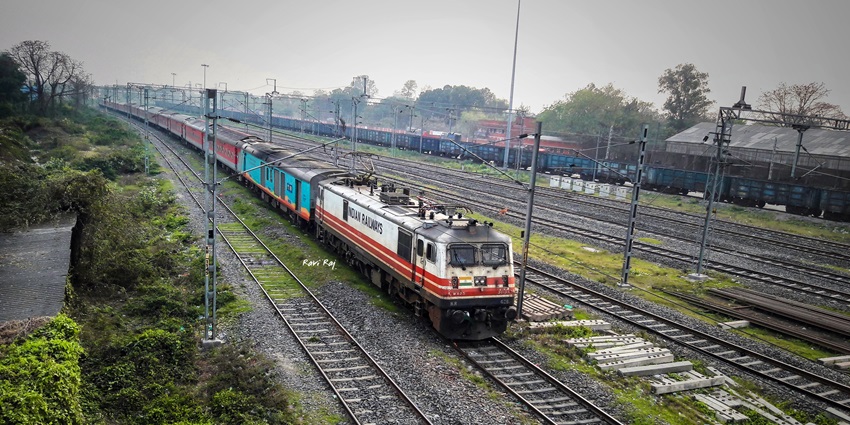
Photo: Ravi Raj / Wikimedia Commons
Reaching Deepor Beel Wildlife Sanctuary is not a problem as it is located in close vicinity to Guwahati.
By Road: The sanctuary is located nearly 13 km from the centre of the city of Guwahati. You can hire a taxi or drive down to the sanctuary.
By Rail: The nearest railway station is the Guwahati Railway Station, from where you can hire a cab or take a bus to the sanctuary.
By Air: The nearest airport is Lokpriya Gopinath Bordoloi International Airport in Guwahati, which is about 19 kilometres from the sanctuary. From the airport, one can hire a taxi or board a bus.
Places To Visit Around Deepor Beel Wildlife Sanctuary
1. Syntu Ksiar
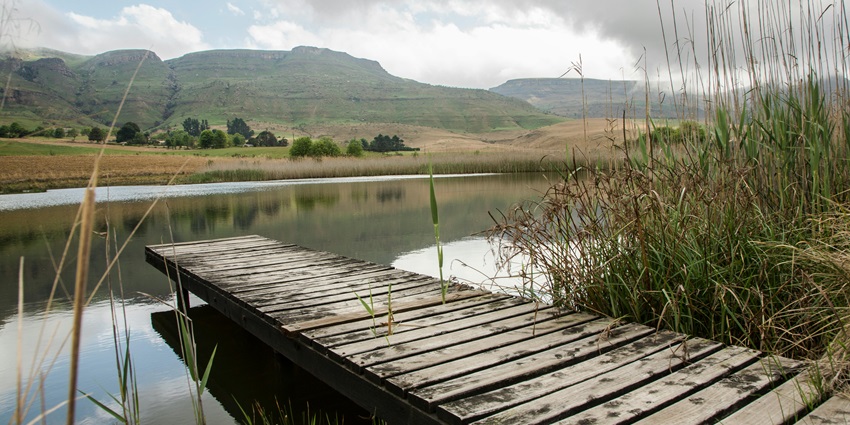
Photo: Charl Durand / Pexels / Image For Representation Only
Syntu Ksiar, or ‘flower of gold,’ is a peaceful location in Jowai, West Jaintia Hills district, Meghalaya, India. This area, located along the Myntdu River, is filled with lush greenery and colourful flowers, making it an ideal spot for picnics and leisurely walks. The well-kept lawns and gently rolling hills create a peaceful environment. Syntu Ksiar is also historically significant as the site where freedom fighter U Kiang Nangbah was apprehended before being executed.
Best Time To Visit: November to May
Suggested Read: Places To Visit In Nagaon
2. Nohkalikai Waterfalls
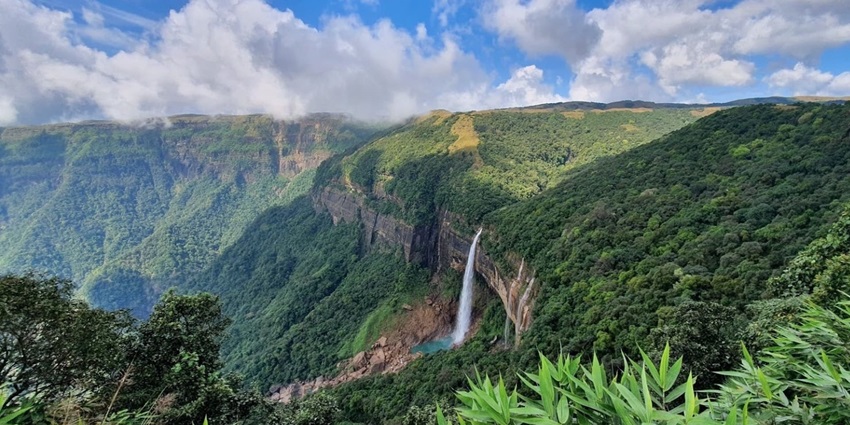
Photo: Photos Worldwide / Wikimedia Commons
Nohkalikai Waterfalls, near Cherrapunji in Meghalaya, India, is one of the country’s highest waterfalls, dropping approximately 340 metres. It is surrounded by green forests and nourished by rainwater from a nearby plateau. The waterfall is especially beautiful during the monsoon season, when it flows rapidly into a clear blue-green pool beneath. The name Nohkalikai translates as ‘Jump of Ka Likai,’ and is associated with a sad local story.
Best Time To Visit: October to December
3. Tyrshi Falls
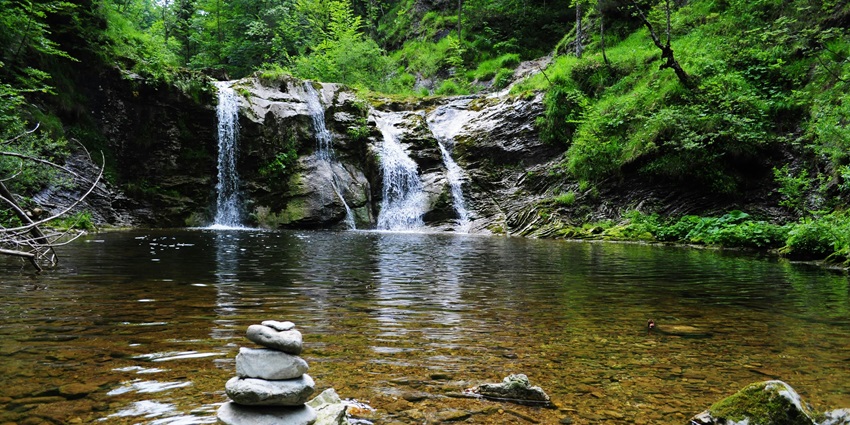
Photo: Manuela Adler / Pexels / Image For Representation Only
Tyrshi Falls is an incredible waterfall in Meghalaya that flows into a verdant valley from cliffs near Jowai. It is sometimes referred to as Krang Suri Falls’ “little brother”. A staircase leads to a viewpoint from which visitors can get a close-up look at the falls. There are small bridges and walking trails in the well-kept area around the falls. This is an excellent location for outdoor enthusiasts, photographers, and quiet picnics. Rainbows are a common sight at the falls, adding to their attraction.
Suggested Read: Watеr Parks In Assam That You Must Explorе For An Adventurous Vacation
Where To Stay
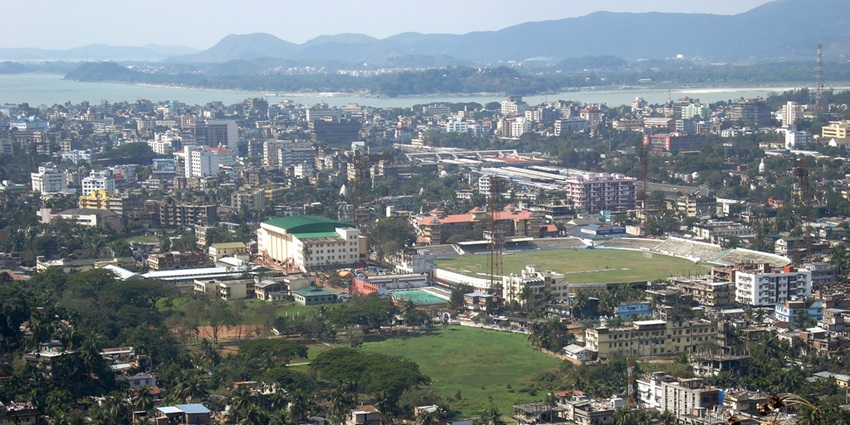
Photo: Rituraj Bhuyan / Wikimedia Commons
To make your trip to the sanctuary comfortable, you can reserve a room either at the Wildlife Resort or Eco Lodge, both with their scenic beauty and proximity to the sanctuary. Or if you feel like having a luxurious experience on the waters, look no further than Assam Bengal Navigation. For a more budgetary option, you can stay in local guesthouses and homestays in Guwahati.
Where To Eat

Photo: Suditree / Wikimedia Commons
It has some good eating houses nearby in Guwahati. One can go to Borkut Restaurant or Paradise Restaurant for local Assamese food, famous for authentic Assamese cuisine. For a bit of variety, one can drop in at The Green House, which offers a mix of regional and international cuisines. The city of Guwahati itself also has street food stalls that serve scrumptious snacks and local delicacies, which are quite good for a casual meal after a day’s excursion within the sanctuary.
Suggested Read: Sonai Rupai Wildlife Sanctuary
Best Time To Visit
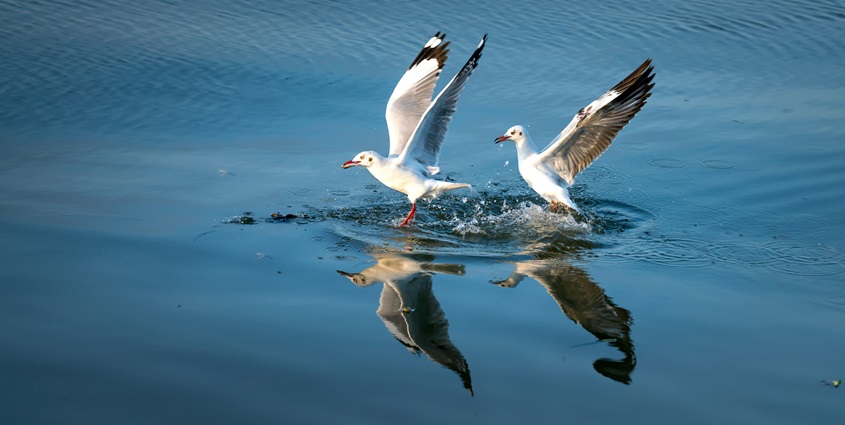
Photo: Quang Nguyen Vinh / Pexels / Image For Representation Only
The best time to visit Deepor Beel Wildlife Sanctuary is from November to March. It essentially enjoys a pleasant climate with cold temperatures and very minimal rainfall during this period of the year, making it perfect for spotting wildlife and birds. This period also brings lush green vegetation to Beel, which enhances the experience further. Avoid the monsoon season since it witnesses heavy rains that might hamper travel and the visibility of wildlife.
Other Things To Consider
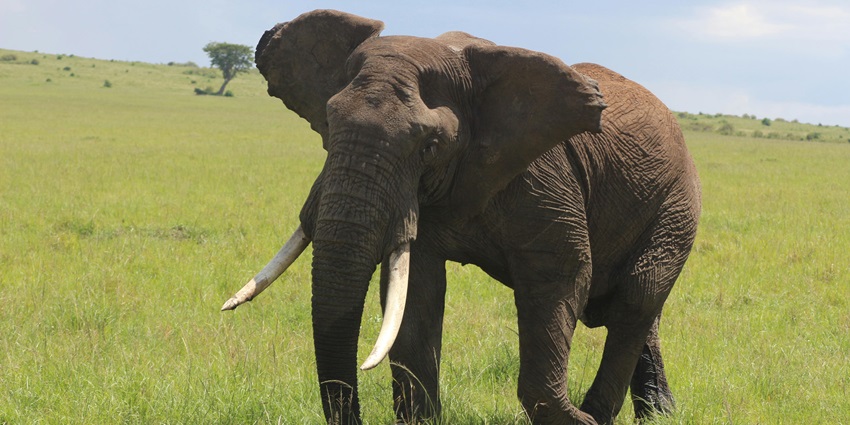
Photo: Juan Riofrio / Pexels / Image For Representation Only
Average Cost Of The Trip
The entry fee for adults is ₹ 20 and for childrens ₹10. The overall expense for a Deepor Beel Wildlife Sanctuary trip could be about ₹3,000 – ₹7,000 per person for travel, accommodation, and boarding.
Tips For The Travellers
- Weather: Mild winters, hot summers
- Bring binoculars for bird-watching
- Wear comfortable walking shoes
- Carry a water bottle and snacks
- Follow the the rules of the sanctuary
- Ease of Travel: Well-connected by road and public transport
Suggested Read: Exploring Bornadi Wildlife Sanctuary
Deepor Beel Wildlife Sanctuary is a paradise for nature lovers and birdwatchers. The wide range of biodiversity, the soothing atmosphere, and easy access are some of the reasons to visit this place during your Assam trip. From spending some quiet moments to enjoying an action-packed day out, there’s so much that Deepor Beel has in its trove. Book with TripXL for a smooth and hassle free holiday.
Cover Photo: Mehmet Turgut Kirkgoz / Pexels / Image For Representation Only


 WhatsApp
WhatsApp
 Twitter
Twitter









